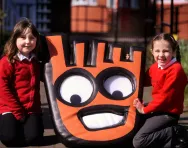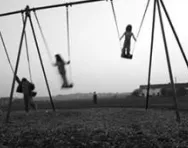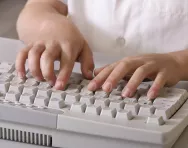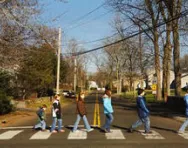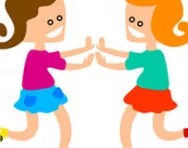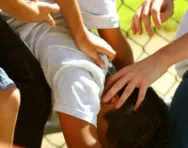Important update from TheSchoolRun
For the past 13 years, TheSchoolRun has been run by a small team of mums working from home, dedicated to providing quality educational resources to primary school parents. Unfortunately, rising supplier costs and falling revenue have made it impossible for us to continue operating, and we’ve had to make the difficult decision to close. The good news: We’ve arranged for another educational provider to take over many of our resources. These will be hosted on a new portal, where the content will be updated and expanded to support your child’s learning.
What this means for subscribers:
- Your subscription is still active, and for now, you can keep using the website as normal — just log in with your usual details to access all our articles and resources*.
- In a few months, all resources will move to the new portal. You’ll continue to have access there until your subscription ends. We’ll send you full details nearer the time.
- As a thank you for your support, we’ll also be sending you 16 primary school eBooks (worth £108.84) to download and keep.
A few changes to be aware of:
- The Learning Journey weekly email has ended, but your child’s plan will still be updated on your dashboard each Monday. Just log in to see the recommended worksheets.
- The 11+ weekly emails have now ended. We sent you all the remaining emails in the series at the end of March — please check your inbox (and spam folder) if you haven’t seen them. You can also follow the full programme here: 11+ Learning Journey.
If you have any questions, please contact us at [email protected]. Thank you for being part of our journey it’s been a privilege to support your family’s learning.
*If you need to reset your password, it will still work as usual. Please check your spam folder if the reset email doesn’t appear in your inbox.
Child safety today

Accidents are one of the biggest childhood killers in the UK, causing the death of five children and young people every week. The Royal Society for the Prevention of Accidents (RoSPA) states that each year over one million children under the age of 15 are taken to A&E following accidents around the home.
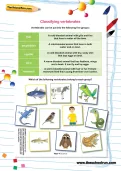
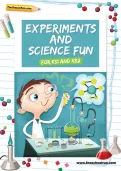
Download fantastic science resources today!
- Experiments And Science Fun pack
- Science Learning Programme for each school year
- All the instructions, questions and information you need
Scary reading, but if you compare this to figures from twenty years ago, a more positive picture emerges. The number of accidents is declining as are deaths. The world appears to be a much safer place, so is it unnecessary to wrap our children up in cotton wool? Or must we avoid becoming complacent?
Safety in the playground
Forty thousand children go to A&E each year from playground accidents. So should we avoid them? No, says RoSPA: “Play parks should be as exciting as possible and children should be able to climb. The key reason this is important is that if children have exciting places to go to, they will avoid looking for excitement in building sites and railways.”
Child safety online
One area that has changed over the last 20 years is that of child protection. Parents now have to deal with the dangers posed by the internet, too.
NSPCC head of child protection awareness Chris Cloke says, “Around half of young people who responded to an NSPCC poll said they had suffered an ‘unwanted experience’ while online. And previous research found that nearly half of young people (46 percent) gave out personal information – such as photos or phone numbers – to someone they met online.”
Safety in the home
The 0-4 age group is the most at risk of accidents in the homes, with falls accounting for the vast majority of accidents and fire causing the most deaths.
Improvements in product design and the more widespread use of safety devices such as smoke alarms has helped cut accidents. “Smoke alarms have had a massive impact but so have other measures – child resistant medicine bottles, safety gates and fire guards are more widely used,” says project director for Child Accident Prevention Trust Mike Hayes. “New homes now have safety glass in low level windows and doors. Safety products do make a difference.”
But as Mike says, it is not enough to rely on safety products: “Not everything can be addressed by safety products and parents still need to be made aware of dangers. Parents can’t become complacent. For example, although there is good evidence that thermostatic temperature valves work to prevent scalding, children can still drown in bath water.”
Road safety and children
Despite increased car usage, children today are much less likely to be hit or killed in a road traffic accident today than 20 years ago. Developments in medical care takes some credit, as do the introduction of lower speed limits in built-up areas, and improved design of cars, but the fact that children are far less likely to play out in the street also plays its part.
The Department of Transport advise that parents should begin to teach road safety as early as possible, and that by the age of five or six, parents can build up to letting children cross quiet roads near their home while watching from the pavement.
